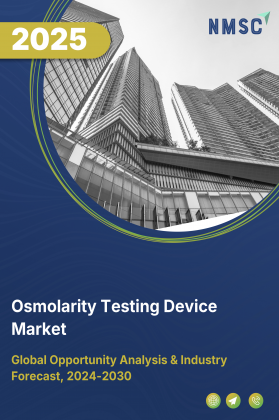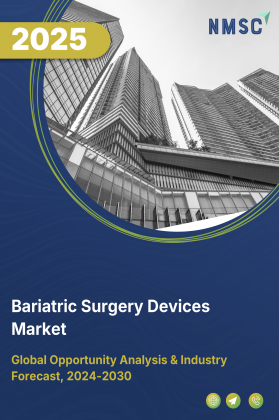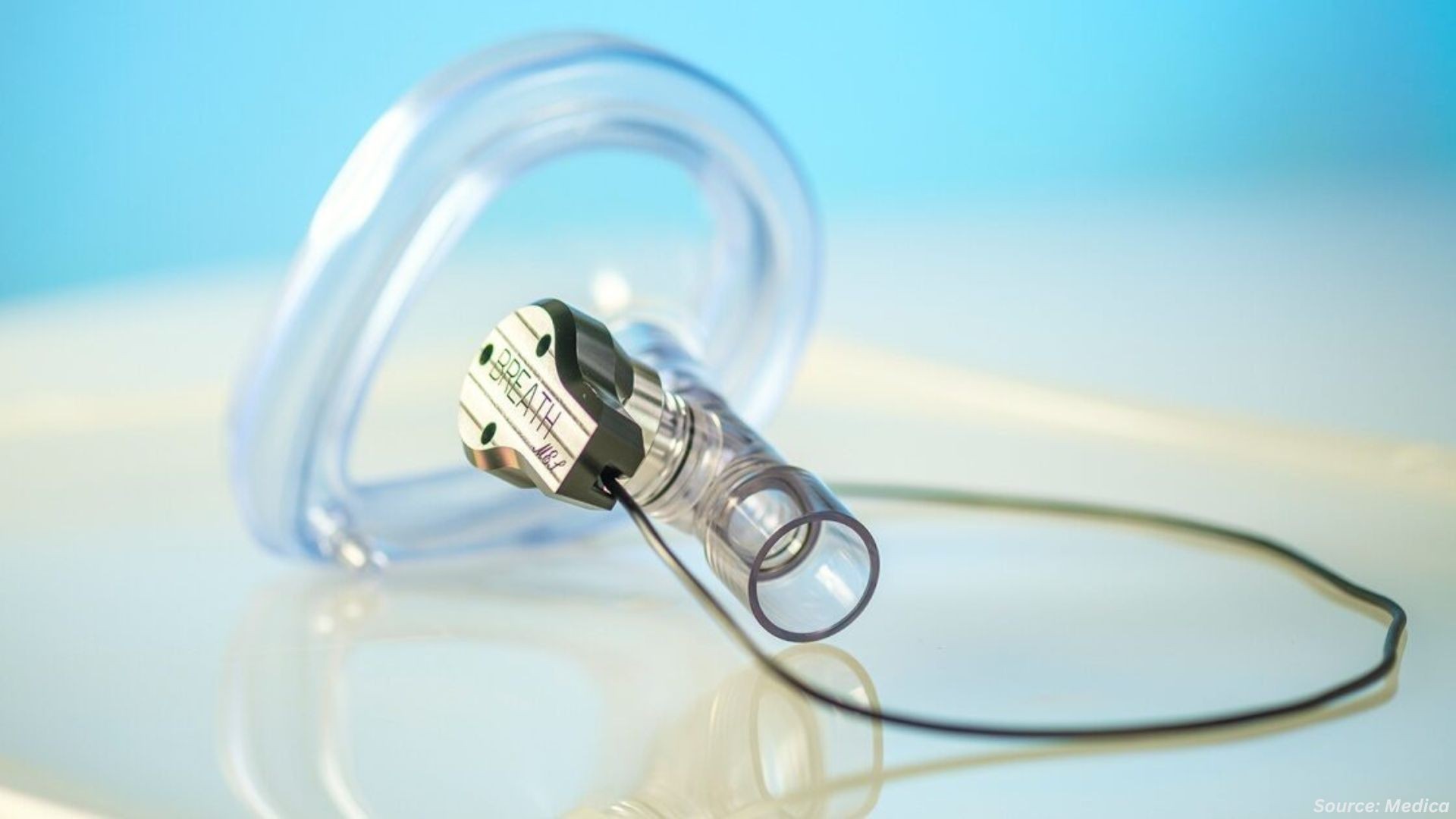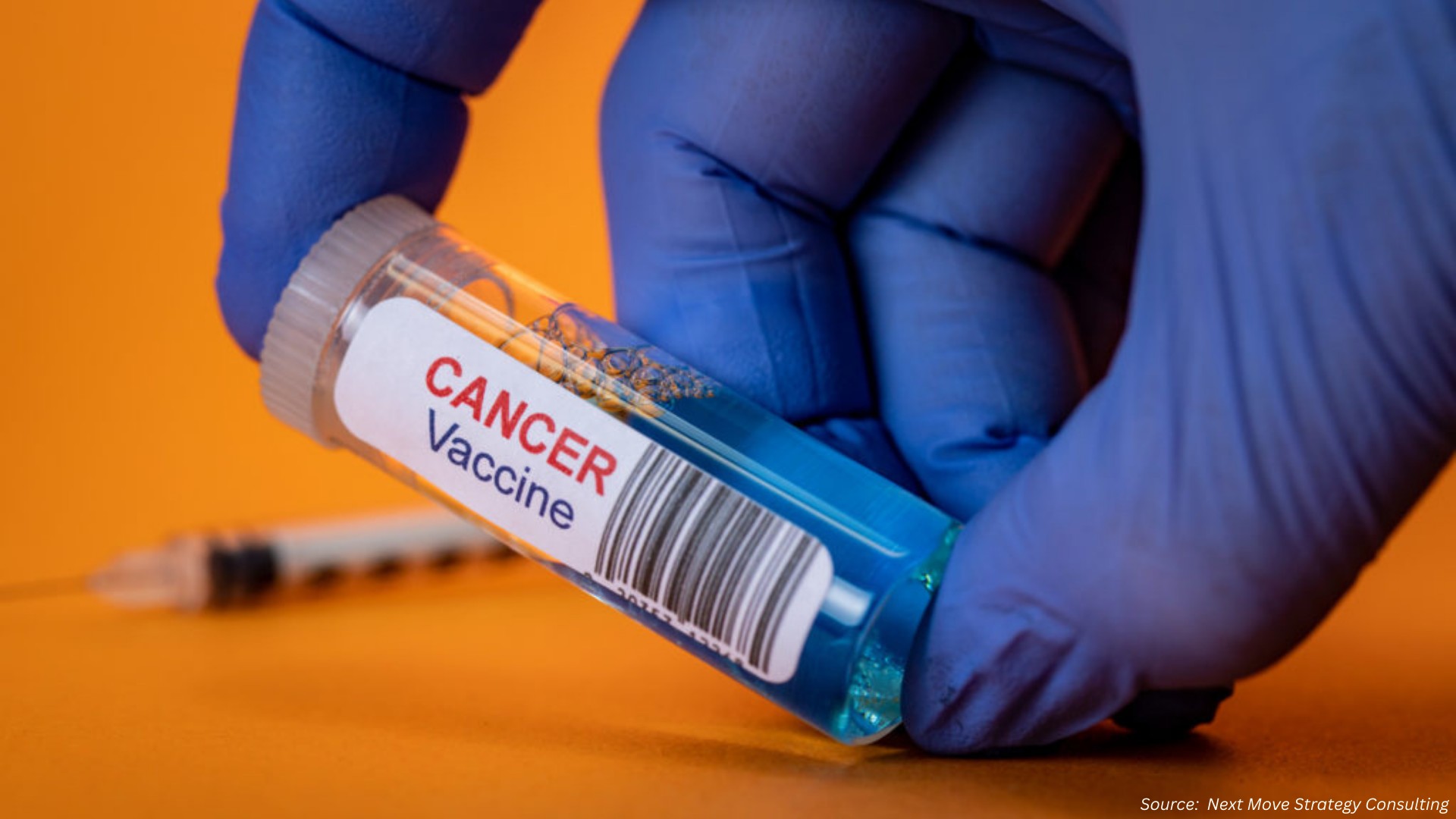
Laboratory Equipment and Disposables Market by Product Type (Equipment and Disposables), by Application (Food & Pharmaceutical, Petroleum & Chemical, Others), and by End user (Hospitals, Laboratories, and Others)- Global Opportunity Analysis and Industry Forecast 2023-2030
Market Definition
The global Laboratory Equipment and Disposables Market size was valued at USD 32.87 billion in 2022 and is predicted to reach USD 54.64 billion by 2030 with a CAGR of 6.6% from 2023-2030. Laboratory equipment and disposables refer to devices and tools used by professionals and students working in a laboratory such as research labs, clinical diagnostic labs, pathology labs, microbiology labs, and educational labs to carry out research, scientific experiments, and execute analyses of different scientific materials. They reduce the risk of exposure to corrosive and toxic materials, flammable solvents, high-pressure gases, explosive chemicals, and dangerous microbes.
Laboratory equipment includes items such as laminar flow hoods, centrifuges, incubators, scopes, micromanipulation systems, homogenizers, sterilizers, autoclaves, and others that are personal protective equipment (PPE). Laboratory disposables includes tubes, cuvettes, dishes, gloves, masks, pipettes, syringes, and tips are some of the commonly used disposables during clinical testing. Disposables are intended to be used temporarily or only once to reduce the risk of contamination and cross-contamination of spread of toxic chemicals, viruses, and other hazardous substances providing a clean and safe work area.
Market Dynamics and Trends
The growing prevalence of chronic infectious diseases such as human immunodeficiency virus (HIV), ebola, tuberculosis (TB), and hepatitis around the world has boosted the for laboratory equipment and disposables market demand. According to the latest report published by the U.S. Department of Health & Human Services, the global HIV population reached 39 million people in 2021.
Moreover, the growing implementation of government programs to set up laboratories, hospitals, higher investment, and favourable government policies to promote extensive research and development (R&D) will further amplify the growth of the market. For instance, in September 2020, The Indian Institute of Science (IISc) and Wipro GE Healthcare collaborated to set up an advanced AI-based laboratory centre for innovation and research. The laboratory is set up with the aim to work on next-level healthcare diagnostics with deep learning technology, artificial intelligence and future-ready digital interfaces.
Furthermore, major companies in the global market are investing heavily in research and development activities to develop more advanced and reliable equipment and disposables, boosting the market growth. For instance, in July 2022, Bio-Rad Laboratories launched ‘EconoFit’, a low-pressure prepacked chromatography column packs designed for resin screening for different molecules targets. The columns offer various resins in a prepacked format, including mixed-mode, cation anion exchange resin columns, and a pack designed for polyhistidine protein purification.
However, the high cost of laboratory equipment and the transition from lab-based diagnosis to home-based/ point of care (POC) testing are the major factors restraining the growth of laboratory equipment and disposable market. On the contrary, the increasing demand for laboratory automation will create ample number of opportunities for the global market in the forecast period.
Market Segmentation and Scope of Study
The laboratory equipment and disposables market report is segmented on the basis of product type and application. On the basis of product type, the market is segmented into equipment and disposables. The equipment is further sub-segmented into incubator, laminar flow hood, micro manipulation systems, centrifuges, lab air filtration system, scopes, sonicators & homogenizers, autoclaves & sterilizers, and spectrophotometers & microarray equipment. The disposable is further sub-segmented into pipettes, tips, tubes, cuvettes, dishes, gloves, masks, cell imaging consumables, and cell culture consumables. On the basis of application, the market is segmented into food & pharmaceutical and petroleum & chemical. On the basis of end user, the market is divided into hospitals, laboratories, and others. Geographical breakdown and analysis of each of the aforesaid segments include regions comprising North America, Europe, Asia-Pacific, and RoW.
Geographical Analysis
The North America region holds the dominant share in laboratory equipment and disposables market. This is attributed to the presence of major pharmaceutical and biotech companies and their research and development (R&D) centres including Johnson & Johnson, Pfizer Inc., Merck & Co., and others, as well as well-known academic and research institutions. For instance, in December 2021, Pfizer Inc. invested USD 68.5 million to open a new clinical research and manufacturing facility in Durham, NC for further research and development of new medications and including research in gene therapy. The facility will be home to Pfizer’s Bio-Therapeutics Pharmaceutical Sciences Group to deliver potentially life-changing technologically advance medications to patients.
Moreover, the increasing investment from U.S. pharmaceutical industries for the development of medications, disposables, and diagnostic equipment are significantly driving the global market in this region. According to the Pharmaceutical Research and Manufacturers of America (PhRMA), the research and development expenditures by PhRMA member companies reached USD 102.3 billion in 2021. The investments were made for R&D activities in research centers to understand diseases and develop new treatments, equipment and disposables for healthcare personnel.
Furthermore, technological developments in laboratory equipment and disposables, such as inventive incubators, scopes, and syringes are boosting the market's growth in this region. For instance, in September 2022, Becton, Dickinson and Company developed a next-generation glass prefillable syringe (PFS) designed for reliability and efficiency by setting new standards in performance for vaccine PFS and reduce the risks of contamination.
On the other hand, Asia Pacific is expected to show rapid in the laboratory equipment and disposable market growth. This is attributed to a number of factors such as set up of technologically advanced scientific research and development (R&D) laboratories by major global companies in this region. For instance, in June 2022, Johnson & Johnson launched new J&J Satellite Center for global health discovery at Singapore's Duke-NUS Medical School. The research center is established with the aim to help develop new medication to address flaviviruses such as dengue and Zika viruses.
Moreover, the rise in healthcare services along with development of the laboratory equipment and disposables will further accelerate the market in this region. For instance, in April 2020, Defence Research and Development Organisation (DRDO) developed a PPE bio suit with a self-sealing seam to help protect the medical, paramedical and other personnel from hazardous chemicals and viruses.
Competitive Landscape
Various market players operating in the laboratory equipment and disposable industry include Agilent Technologies, PerkinElmer Inc., Bio-Rad Laboratories, Waters Corporation, Thermo Fisher Scientific Inc., Shimadzu Corporation, Fujifilm Irvine Scientific, Baker Company Inc., Sartorius AG, Becton Dickinson and Company, Danaher Corporation, Hoffmann-La Roche, Bruker Corporation, Sysmex Corporation, IBM Merge Healthcare, and others. These market players are adopting various product launches to remain dominant in the market.
For instance, in October 2021, PerkinElmer launches new device named “HIVE scRNAseq Solution” for the collection, storage, and creation of RNA-Seq libraries of a variety of cell types, including fragile and labile cells. The HIVE system offers opportunities for laboratories to conduct basic, translational, clinical, and preclinical research. Moreover, in August 2021, Baker Company Inc. introduced "ReCO2ver," a brand-new rapid recovery cell culture incubator. The new incubator will bring more advancements in the areas of cell culture, biological safety, and microbiology.
Key Benefits
-
The report provides quantitative analysis and estimations of the laboratory equipment and disposable market from 2022 to 2030, which assists in identifying the prevailing market opportunities.
-
The study comprises a deep dive analysis of the laboratory equipment and disposable market including the current and future trends to depict prevalent investment pockets in the market.
-
Information related to key drivers, restraints, and opportunities and their impact on the global market is provided in the report.
-
Competitive analysis of the players, along with their market share is provided in the report.
-
SWOT analysis and Porters Five Forces model is elaborated in the study.
-
Value chain analysis in the market study provides a clear picture of roles of stakeholders.
Laboratory Equipment and Disposable Market Key Segments
By Product Type
-
Equipment
-
Incubator
-
Laminar Flow Hood
-
Micro Manipulation Systems
-
Centrifuges
-
Lab Air Filtration System
-
Scopes
-
Sonicators & Homogenizers
-
Autoclaves & Sterilizers
-
Spectrophotometers & Microarray Equipment
-
-
Disposables
-
Pipettes
-
Tips
-
Tubes
-
Cuvettes
-
Dishes
-
Gloves
-
Masks
-
Cell Imaging Consumables
-
Cell Culture Consumables
-
By Application
-
Food & Pharmaceutical
-
Petroleum & Chemical
-
Others
By End User
-
Hospitals
-
Laboratories
-
Others
By Region
-
North America
-
U.S
-
Canada
-
Mexico
-
-
Europe
-
UK
-
Germany
-
France
-
Italy
-
Spain
-
Denmark
-
Netherlands
-
Finland
-
Sweden
-
Norway
-
Russia
-
Rest of Europe
-
-
Asia-Pacific
-
China
-
Japan
-
India
-
South Korea
-
Australia
-
Indonesia
-
Singapore
-
Taiwan
-
Thailand
-
Rest of Asia-Pacific
-
-
RoW
-
Latin America
-
Middle East
-
Africa
-
KEY MARKET PLAYERS
-
Agilent Technologies
-
PerkinElmer Inc.
-
Bio-Rad Laboratories
-
Waters Corporation
-
Thermo Fisher Scientific Inc
-
Shimadzu Corporation
-
Fujifilm Irvine Scientific
-
Baker Company Inc.
-
Sartorius AG
-
Becton Dickinson and Company
-
Danaher Corporation
-
Hoffmann-La Roche
-
Bruker Corporation
-
Sysmex Corporation
-
IBM Merge Healthcare




















 Speak to Our Analyst
Speak to Our Analyst

























